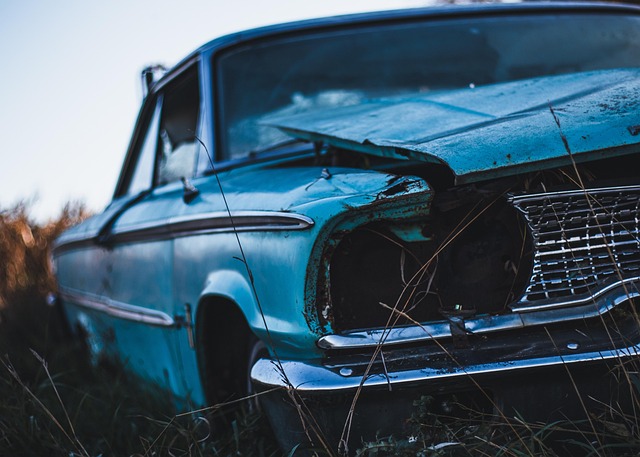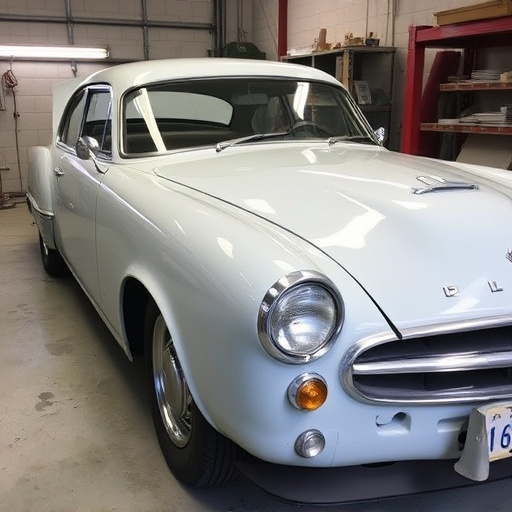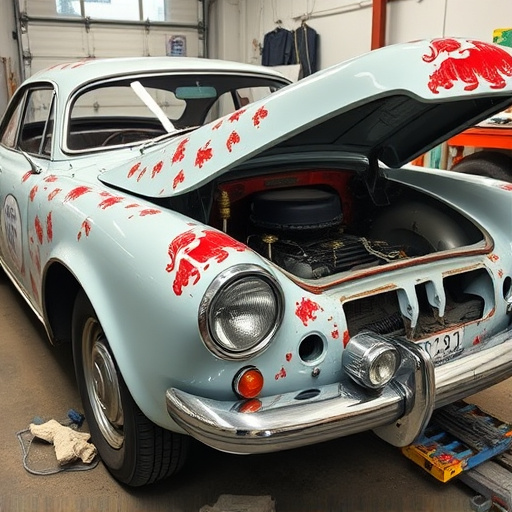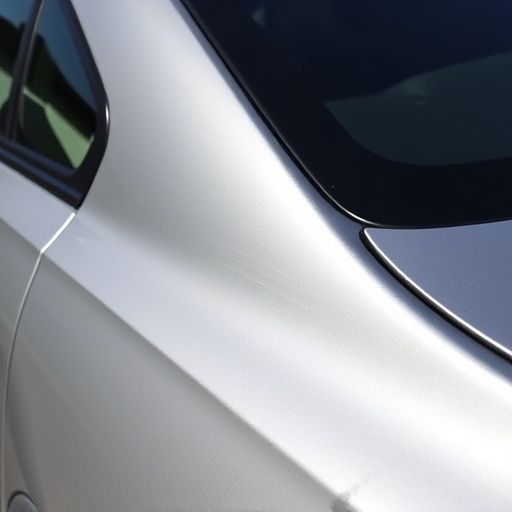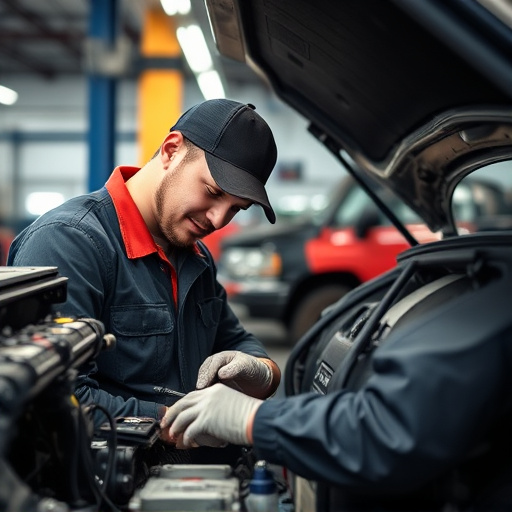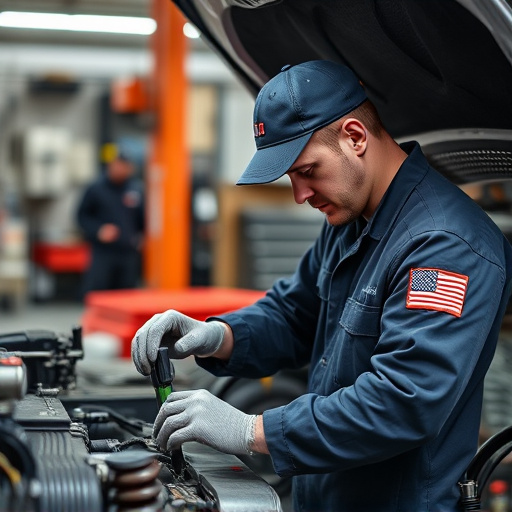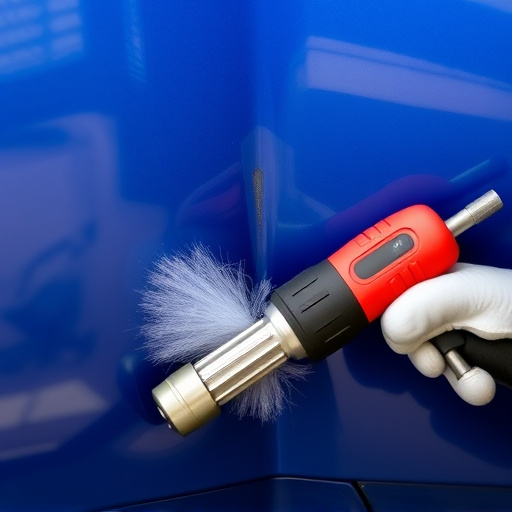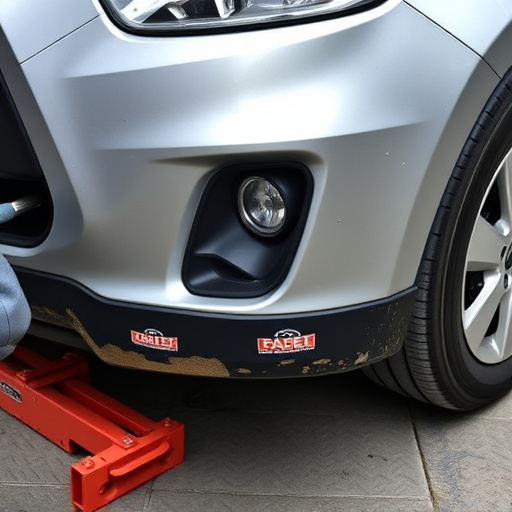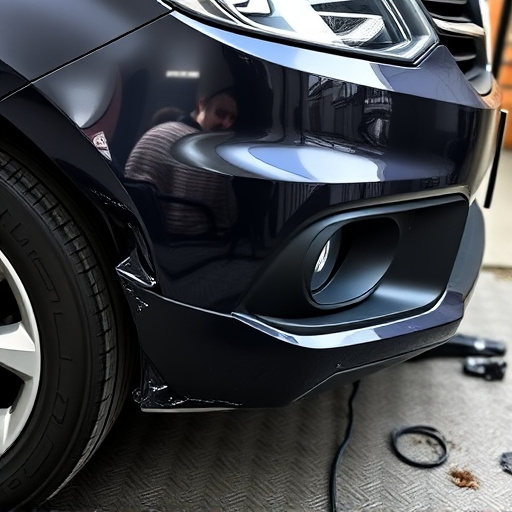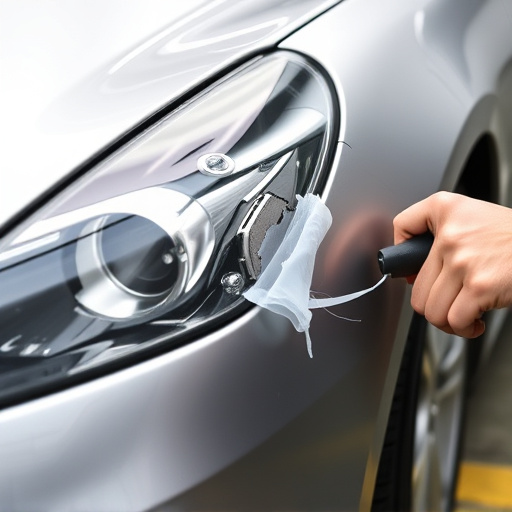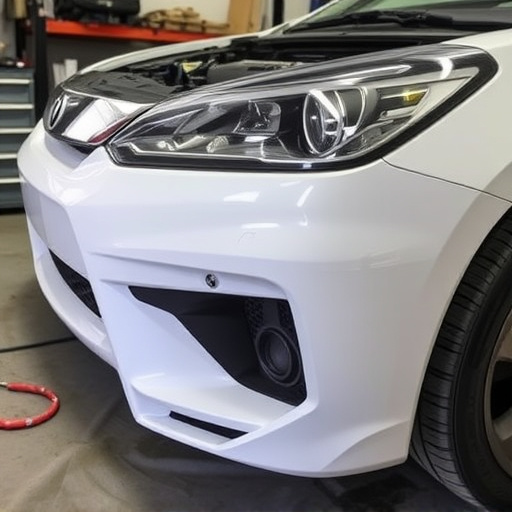OEM Certified Repair Programs ensure vehicles are restored to factory standard using genuine parts and specialized training, maintaining safety, performance, and reliability. Participation requires technicians' training, use of OEM parts, and adherence to rigorous quality control, minimizing damage risk and enhancing customer satisfaction with extended warranties on services like auto glass repair, dent removal, painting, collision repair, and mechanical diagnostics. This commitment builds trust, strengthens reputation, and encourages repeat business.
Shops aiming for excellence in vehicle repairs must navigate OEM certified repair programs. These initiatives, driven by Original Equipment Manufacturers (OEMs), set the benchmark for quality and safety. This article explores how workshops can maintain compliance with these rigorous standards, focusing on strategies to achieve and sustain factory-standard repairs. We delve into quality control measures, customer satisfaction, and best practices to stay ahead in an evolving automotive landscape.
- Understanding OEM Certified Repair Programs
- Strategies for Maintaining Factory Standard Repair Compliance
- Ensuring Quality Control and Customer Satisfaction Through Compliance
Understanding OEM Certified Repair Programs

OEM Certified Repair Programs are designed to ensure that vehicles are repaired to factory standard using only genuine replacement parts and specialized training. This ensures that the vehicle’s original warranty remains valid and provides peace of mind for car owners. These programs are crucial in maintaining the safety, performance, and reliability of vehicles, especially as they age. By adhering to these standards, auto body shops can offer high-quality services like auto glass repair and car dent removal while preserving the vehicle’s original specifications.
Shops that participate in OEM Certified Repair Programs must invest in specialized training for their technicians and acquire authorized parts from the Original Equipment Manufacturer (OEM). This commitment ensures that they are equipped to handle complex repairs accurately, minimizing the risk of damage or malfunctioning. Moreover, it allows them to offer extended warranties on their work, enhancing customer satisfaction across various auto body services, including painting, collision repair, and mechanical diagnostics.
Strategies for Maintaining Factory Standard Repair Compliance
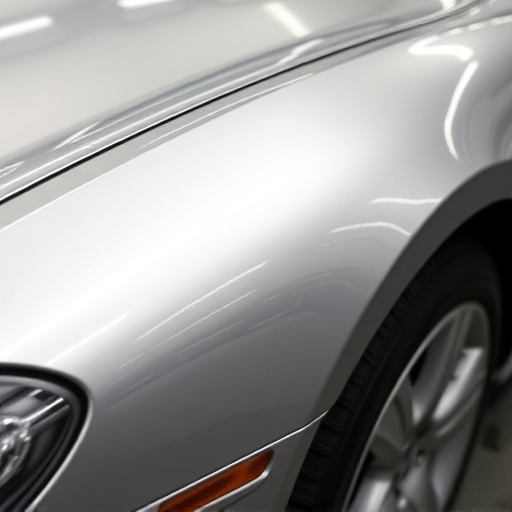
Maintaining factory standard repair compliance is paramount for shops participating in OEM certified repair programs. Effective strategies involve adhering to strict quality control measures and utilizing genuine OEM parts. Trained technicians who are up-to-date with the latest industry standards and vehicle models play a crucial role in preserving the integrity of original equipment manufacturing (OEM) specifications. Regular audits and comprehensive training programs ensure that every repair process aligns perfectly with factory standards, minimizing deviations and maximizing customer satisfaction.
Additionally, leveraging advanced diagnostic tools and utilizing specialized car bodywork services for complex repairs further bolsters compliance. A well-organized collision repair center equipped with state-of-the-art facilities can seamlessly navigate the intricacies of modern vehicle systems, offering precise and factory-standard car body repair solutions. This commitment to excellence not only ensures that vehicles return to their original condition but also builds trust among customers seeking reliable after-sales support.
Ensuring Quality Control and Customer Satisfaction Through Compliance
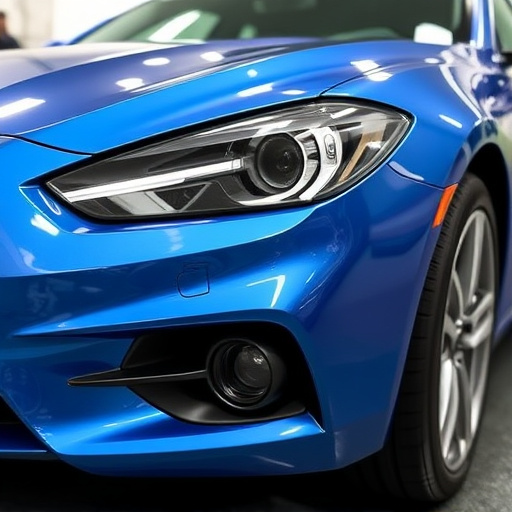
Maintaining compliance with OEM certified repair programs is paramount for shops offering factory standard repair services. By adhering to original equipment manufacturer (OEM) guidelines, collision repair centers ensure that every vehicle returns to the road in as-new condition, satisfying both customers and safety regulators. This commitment to quality control goes beyond meeting minimum standards; it fosters customer trust and loyalty.
Satisfied customers are the lifeblood of any collision repair shop. Compliance with OEM programs bolsters a shop’s reputation by demonstrating its dedication to delivering top-tier vehicle repair services. This, in turn, encourages repeat business and positive word-of-mouth referrals. Ultimately, maintaining compliance isn’t just about ticking boxes; it’s about ensuring every repair is executed with the same meticulous care and precision as the factory standard.
Shops looking to maintain compliance with Original Equipment Manufacturer (OEM) certified repair programs must adopt comprehensive strategies that ensure repairs meet factory standards. By implementing robust quality control measures, adhering strictly to OEM guidelines, and prioritizing customer satisfaction, businesses can not only uphold their reputation but also enhance customer trust and loyalty. Regular training, meticulous documentation, and continuous improvement processes are key elements in achieving and sustaining compliance with OEM certified repair programs.

